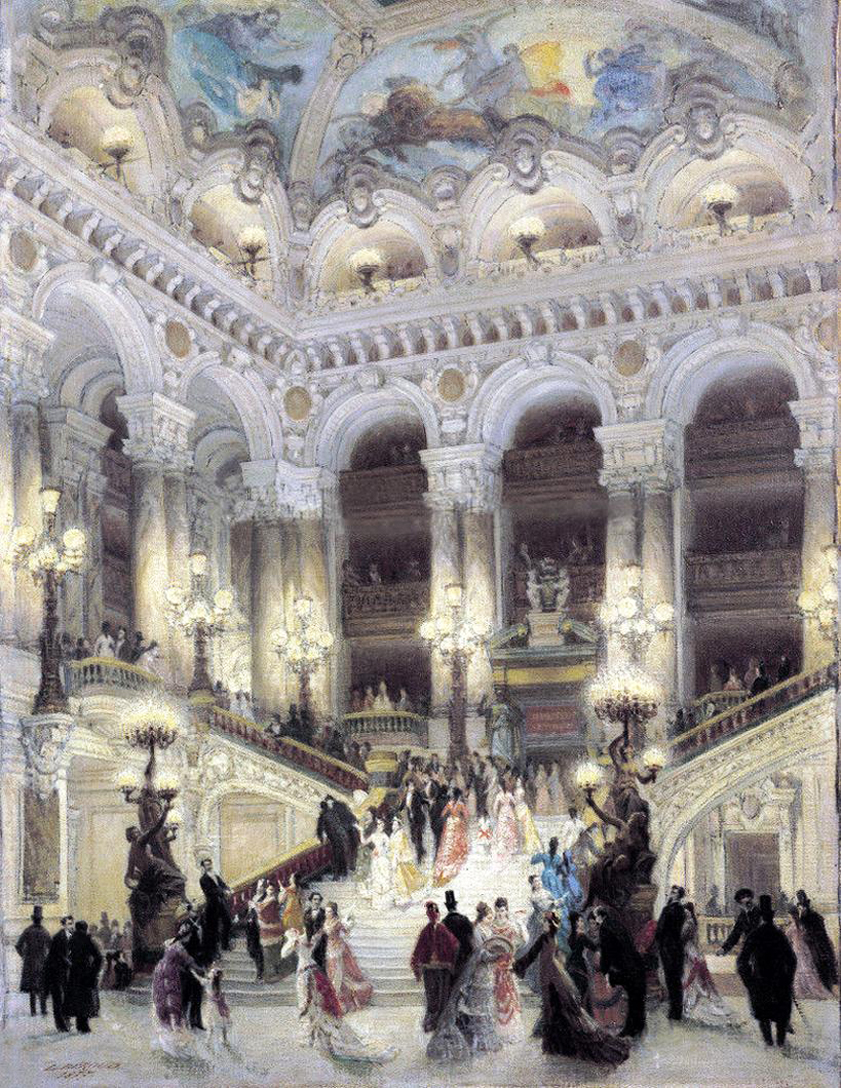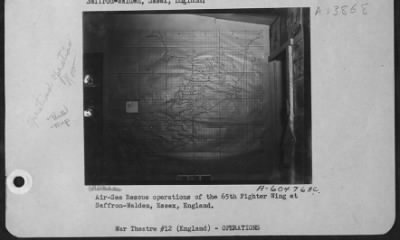Rescue opera
The rescue opera (even terror and liberation Opera ) denotes a flow of the opera, especially in the first decade after the French Revolution, which was performed in Paris outside the established opera houses (as in the Théâtre Feydeau ). It reflects the social uncertainty during the revolutionary turmoil in the unfulfilled desire for freedom and justice. " Rescue from distress " in connection with a love story is the scheme of their actions, centered around historical or fabulous, rare antique fabrics.
The rescue opera has developed mainly from the Opéra Comique, about from the operas with adventure substances such as Richard Coeur -de- Lion by André- Ernest- Modeste Grétry, 1784th Even Mozart's The Abduction from the Seraglio ( 1782 ) is sometimes cited as predecessors. The rescue opera has to do with the efforts to win after the dissolution of the aristocratic distinction between tragedy and comedy ( " objects clause"), more recent materials for the opera stage and attract a new audience.
Typical rescue operas are Henri Montan Berton's Les Rigueurs du Cloitre (1790), Luigi Cherubini Lodoïska (1791 ) and Les Deux Journées ( The Water Carrier ) ( 1800) or Jean -François Lesueur La cavern (1793). These operas were originally performed not from the Paris Opera, Opéra -Comique, but from the Paris fair theaters and Boulevard theaters.
The rescue opera is close to the popular melodrama of a Pixérécourt and was assessed often negative. But she had the reputation of the vernacular. Beethoven has tried with his opera Fidelio (1805 ), to submit a rescue opera without external voltage in order not to mask the ideological content with drama. Although the rescue opera was very short-lived as a genre, had its conception until well into the 19th century influence, such as on Gioachino Rossini ( Torvaldo e Dorliska, 1815) and later on Giuseppe Verdi (Nabucco, 1841).



/Departments/BroadcastFilleBcst4hdl31211.jpg)






